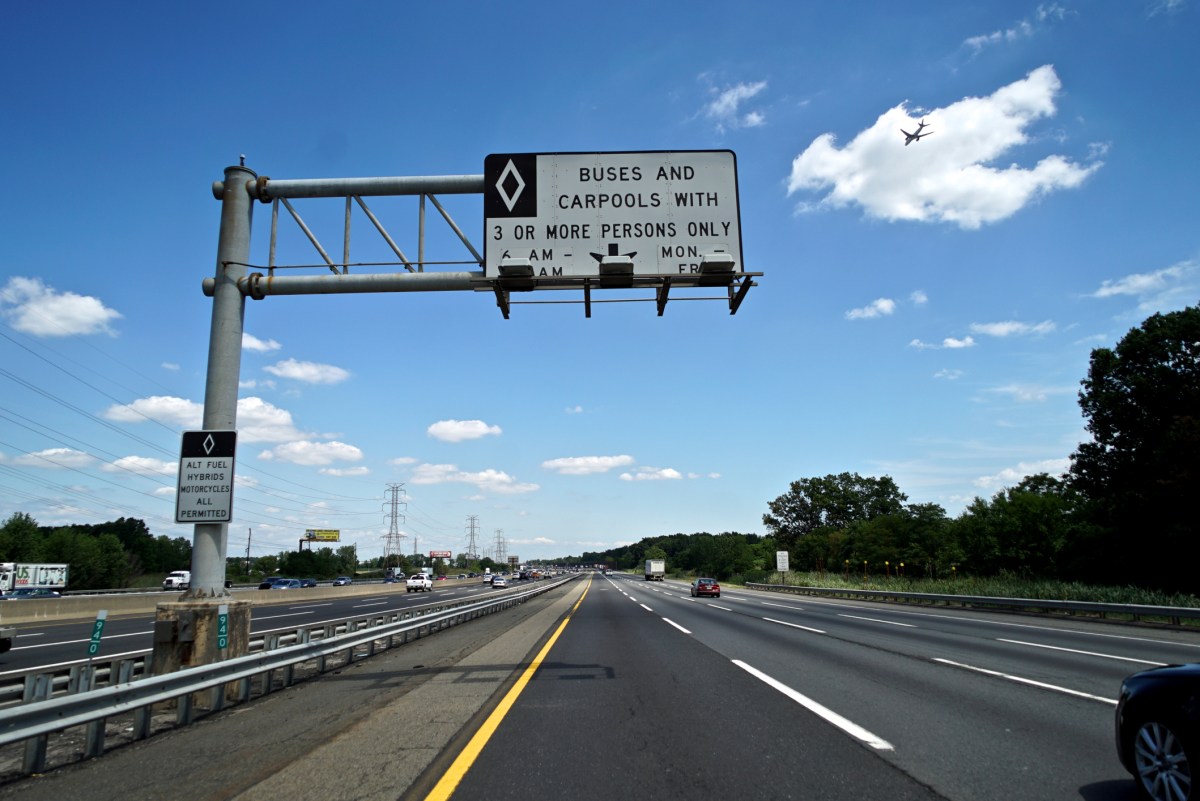In a Q&A session Tuesday morning, Mayor Bill de Blasio expressed interest in the notion of imposing HOV lanes to circumvent an expected influx of new motorists avoiding mass transit out of fear for COVID-19 and in the event of “doomsday” service cuts by the MTA.
With a proverbial ball that is congestion pricing – a lingering pipe dream from 2017 – is in the Federal Highway Administration’s court, the mayor predicted that the MTA may have to wait until the next presidential administration for the projected $15 billion in annual funds from central business district tolling.
But in terms of dealing with the impending crisis of more gridlock and pollution by motorists heading into the Big Apple for work, de Blasio was skeptical that more cars would be added to the already heavy gridlock.
“I want to see progress on congestion pricing, it was something we all worked on for a long time. It was something I had qualms and concerns about, but we all got to a really good plan,” de Blasio said. “The HOV lanes can be really helpful so we’re going to be looking at all sorts of alternatives. But what I mentioned last week is that we’re actually seeing more of an increase in mass transit ridership than we are seeing in cars coming into Manhattan.”
In order to prevent traffic hell expected from the 2005 transit strike, Mayor Bloomberg did not shy away from closing thoroughfares to Manhattan below 96th Street to carpools only. Though the transit strike only lasted three days, the time it took for the MTA and unions to reach a contractual agreement, the policy by Bloomberg is viewed as a successful effort to prevent extreme gridlock considering the lack of public transit.
The most recent precedent for cutting of traffic to Manhattan?
Little more than a month ago, Mayor de Blasio implemented an 8 p.m. curfew in the five boroughs which banned private vehicles below 96th Street. Essential workers were the only exception.
“I think the real question is, of those who are coming in how many of those are choosing mass transit. I’m actually impressed with what I’m seeing because people I think know that subways and buses are being kept clean and real precautions are being taken,” de Blasio continued. “So I do not necessarily see people choosing cars in greater numbers over mass transit, but you’re right that we need to be ready for every eventuality so we’re certainly going to look at HOV lanes and other things.”
The question remains as to the added expense the implementation of HOV lanes would place on the somewhat defunded NYPD who would be tasked with enforcing the policy, as well as how much it would benefit the MTA’s farebox and toll revenue. One thing commuters could get from this would be the diversion of cars to MTA and Port Authority bridges and tunnels and a further rebound of mass transit ridership, decimated by the COVID-19 crisis.
“I also want to remind everyone without any presumption, I will just state a fact, there is an election in four months and so the fact that things could change very soon in terms of the federal government’s views on congestion pricing,” de Blasio added when questioned further.
The MTA faces a $10 billion deficit after the ridership tanked 90% over the course of the pandemic leaving the MTA scraping to fund operations. Meanwhile, the only hope for transit agencies across the nation remains the Heroes Act, which Senate Majority Leader Mitch McConnell has refused to bring to the floor for a vote.
It would deliver $3.9 billion to the MTA, which could carry them through the rest of 2020.


















